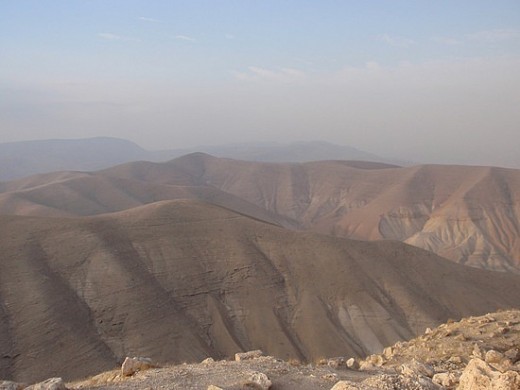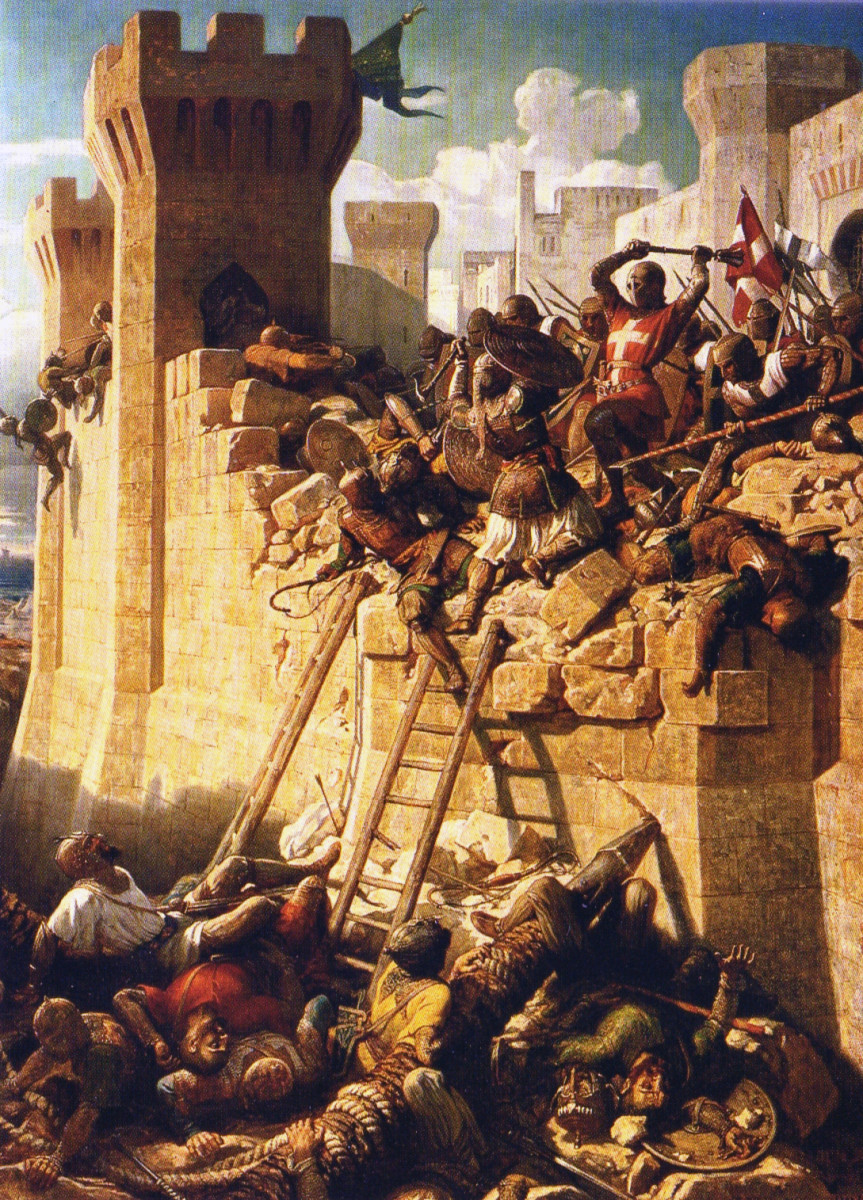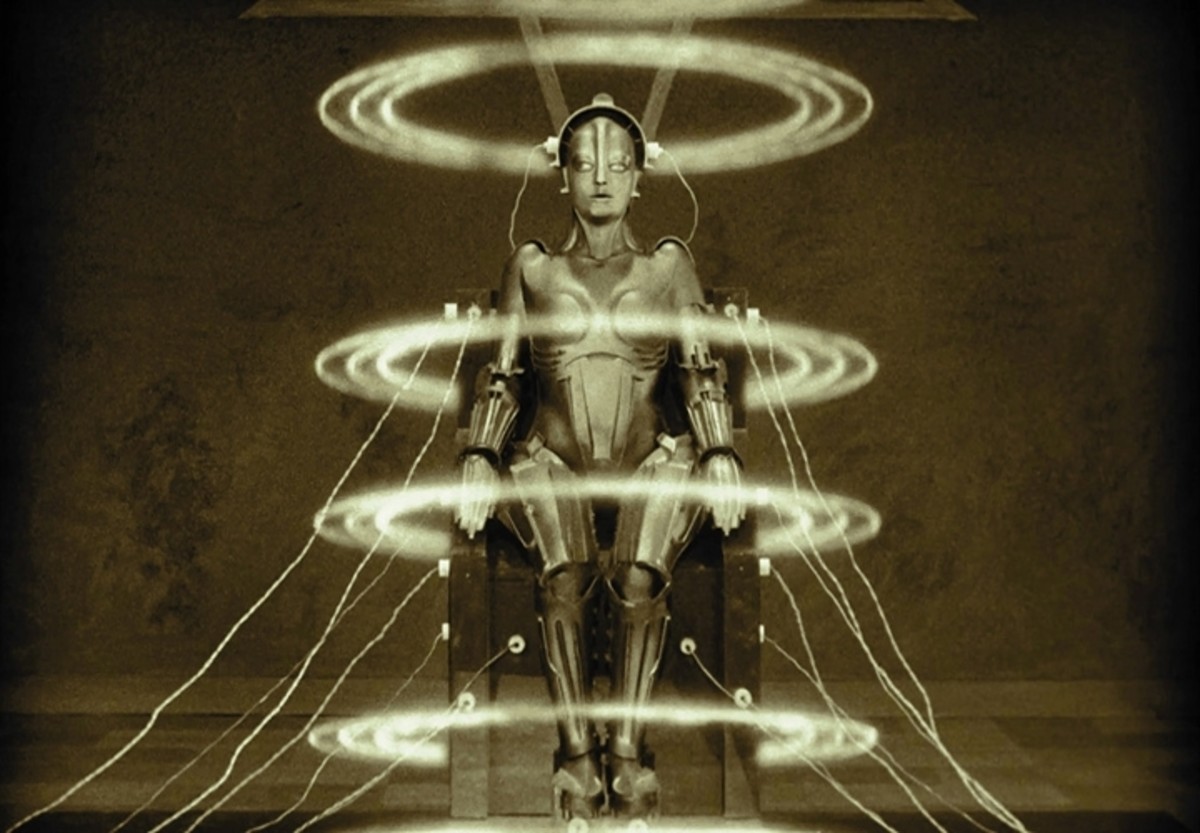Reading Response: "The God of The Desert" by Richard Rodriguez

At the end of this essay we find out that the author has cancer. Before this is revealed he says " I tell myself I am not looking for God. I am looking for an elision that is nevertheless a contour." In other words I think he's looking for an area of omission that eventually reveals itself as the outline of a body. That body being "The God of The Desert", or simply God. In his next sentence he says, "The last great emptiness in Jerusalem is the first." This sentence says a lot about where the author's mind is at this point in his life.
Throughout the book he almost complains about how empty and non spiritual he feels being in the "Holy Desert", Jerusalem. Even after his many excursions throughout this vast wasteland he never quite has a feeling of spiritual fulfillment or anything close to it for that matter. Yet he still conceits to the notion that this place has great meaning encased in nothingness. My question is why? Not why he went there, the answer to that is simple.
When most people are dying or believe they might die, they start getting really spiritual. The same person who cares more about the newest dance craze or designer bag than they do about anything pertaining to God, will start screaming his name and or praying to him when they believe there life may end. The author of this essay is no different. He has cancer and believes he may die. So he goes to the "The Holy land" for answers. Why not? He has the money and the balls to do it. I want to know what makes this land so Holy. I want to know why this piece of empty, seemingly dead space has been, destroyed, besieged, attacked, captured and recaptured so many times. In a land that is thought to be sacred and pristine, it is marred in blood and death. This is probably the greatest irony that this world will ever know of. Does the desert "create warriors" as the monk said? Or did warriors that were somehow drawn to these locations create the desert itself?
Maybe deserts were flourishing with green plants and water a long time ago and man just sucked all of the resources dry like we do with everything else. Desserts are hot, empty, sandy, dehydrated, large land masses, that appear to be devote of much life. If you look at the word deserted, which is derived from the word desert, it means to be abandoned or alone, that basically is what a desert signifies, yet despite all of these negative aspects one desert is believed by a large number of humans as the greatest place in the world you could possibly be. The author says "I have come to the Holy Land because the God of the Jews, Christians, and Muslims-a common God revealed Himself in the desert." This is very logical reasoning for him to believe there's some truth in these religions.
If three of the world's biggest religious groups all look to the same location and call it The Holy Land, there is a good possibility it could be true. But it's also logical that it is not true. Just like the map of the world he saw on the plane with Jerusalem at the center, all of these religious tales could have just been told through the eyes of the conquerors. And although it is evolutionary fact that the strong survive, that does not mean the winners are always right. I go back and forth in my head wondering how much proof is needed before I would begin to believe any of this rhetoric about the Holy Land. You can find skulls and scrolls but we can't put a definitive truth behind what the hell really happened from the beginning of time until now. All the people to be questioned are dead. The only thing we can do is play CSI with all the artifacts left behind for us and try to put together puzzle pieces in an attempt to solve a mystery. After reading this essay I went online to search images of the desert. Between the sand mountains, pyramids, rock structures, and the unusual plant and animal life, I can say that they have some extraordinary features that make me wonder the same thing the author does. He is playing CSI and wondering if the desert of Jerusalem is the chalk outline that contours the body of God. Or if it's just a mass of deteriorating garbage that is just the next man's treasure because he doesn't know any better.
This Essay can be found in a book titled "The Best American Essays" by Mary Oliver.








